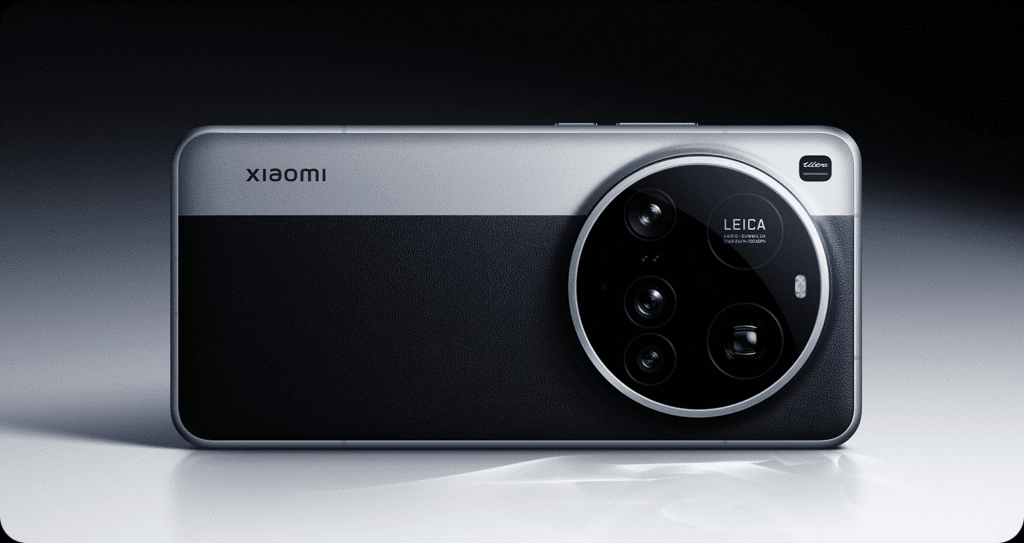Camera remains important in terms of creating content, be it photography or videography. The social media revolution and the resultant content creation has again made camera the focal point in smartphone purchase decision.
Content creation is huge in India. A news report in Inc.42 basis an interview with Sandhya Devanathan, India country head for Meta, pegs Instagram having 362.9 Mn active users in the country as of January 2025. Even if we consider 70/30 rule of content consumption versus creation, we still have over 100 Mn Instagram users actively creating content. These content creators cannot leverage generative AI much to create videos and images. They usually share real pictures and videos sharing their experiences, or many of the influencers in them, show up real products for which they shoot videos and photos. Yes, they could use AI to enhance content, generate captions, suggest hashtags; but the videos and photos need to be real. So, camera continues to be important. This need for a great camera has also been a factor for rising iPhone sales in India. A content creator whenever can spend on equipment, does buy an iPhone, especially the nano and micro influencers who either do not have a proper shooting setup or primarily create content on-the-go for which a smartphone is the best gadget to capture videos and photos. Many of these content creators are also solo.
The user generated content, including influencers, is only getting serious as its also turning out to be a lucrative money machine for thousands of young ‘contentpreneurs’ who have the knack of storytelling and can tell it convincingly to gain millions of impressions and views. A news feature in India Today, citing a report from Business Insider, talks about Meta engaging big content creators for exclusively creating content on Instagram for which they pay them anywhere between 2Lakh to 43Lakh a month in global markets where its competing TikTok. Fortunately, in India TikTok is banned giving Instagram a monopoly, though YouTube Shorts also competes, but it hasn’t got anywhere close in popularity.

Xiaomi through its 15 series lineups, especially 15 Ultra, which it co-engineers with Leica is exactly attempting to get a pie out of this very promising market. This user profile has the need to create professional grade content using smartphones and also money to pay for. The Xiaomi-Leica collaboration can become a big success in due course. Leica is celebrating its centenary this year, and it’s not easy to get expertise of someone which has 100 years of experience in photography alone. AI has taught has that the effectiveness of any platform is in the richness of its LLM which comes from how much information and data it has access to and then how effectively the GenAI models repurpose and add to the knowledge bank. Similarly, imagine Leica bringing in these 100 years of very specialized knowledge and R&D to Xiaomi which complements with having millions of users worldwide. This blend of engineering knowledge and expertise, with consumer understanding and love, can result in synergetic outcomes.
Along with very strong on-device AI capabilities that comes through Snapdragon 8 Elite mobile platform that fires the computational capabilities of Xiaomi 15 Ultra, content creation is going to be very promising and unique through the Leica camera system that leverages the Summilux optical lens.
But that is not all! This smartphone balances the equation on the content consumption side as well. Typically, we find smartphones that only focus on either creation or consumption resulting in jittered consumer experience. With 15 Ultra, Xiaomi has attempted an equilibrium for content creation and consumption, which will surely be appreciated by consumers. There are several technologies in this smartphone that will result in a wholesome experience. But specific ones that deserve to be called out include 3200 nits 6.73 inches WQHD+ AMOLED ultra-bright display, Dolby Vision, Xiaomi 3D Dual-Channel IceLoop system for cooling, Hi-Res & Hi-Res Audio certification & Dolby Atmos to enhance audio, along with IP68 rating for water and dust resistance. All these technologies will make it equally great content consumption smartphone as well.
Additionally, Xiaomi 15 Ultra is the first commercial device to features Qualcomm Sound with XPAN technology for audio. XPAN or Extended Personal Area Network, is a unique feature by Qualcomm that blends Bluetooth and micro-power Wi-Fi together to offer seamless and lossless audio experience. XPAN automatically switches between Bluetooth and Wi-Fi connectivity ensuring best quality link and audio experience. It can support up to 24-bit 96kHz lossless music streaming with a high-resolution audio.
From the product point of view, a consumer can expect no better state of equilibrium where content creation and consumption experiences are just ideal and equal. Yes, it’s not easy for any OEM to achieve. Xiaomi along with strong partnerships with Leica, Qualcomm and Google has been able to put across a very compelling smartphone offering holistic experience. That is what users want at the end of the day. They do not want their devices to be great gadgets for gaming and compromise on photography. Or, they do not want device offering them great pictures and video captures, but the audio quality downgrading the entire experience.
Xiaomi in this product has shown up its intend as well as the result of continuing investing in R&D. Afterall, it has spent 4x in R&D over past 5 years. That is what will make the difference, especially when it moves up to the premium tiers of market. However, at the same time it will need to further strengthen its brand equity in the segment which can be the icing on the cake. I am sure they would have a plan for it too.





